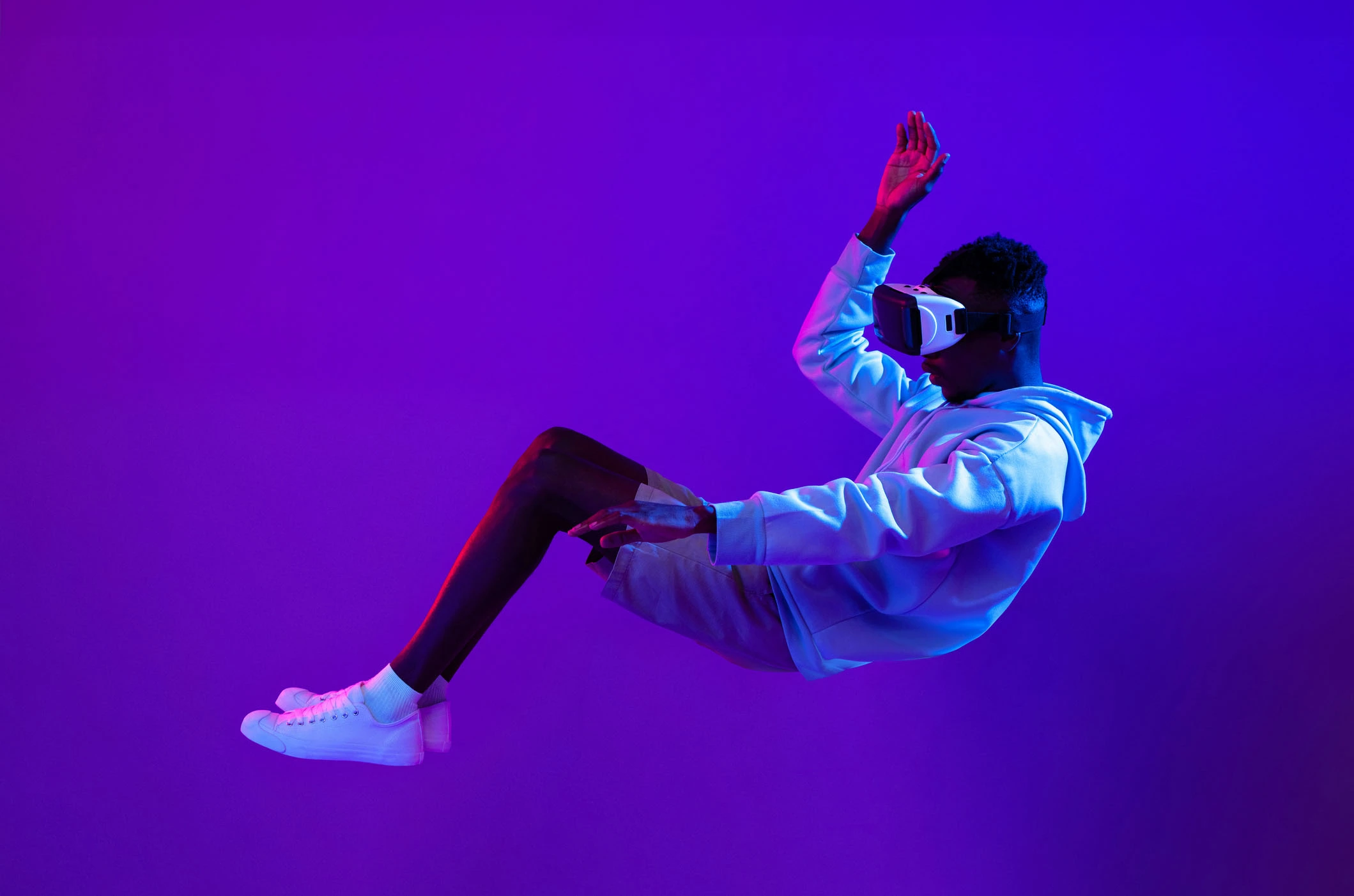
How VR Immersion Can Enhance Affective Domain Learning And Improve XR Education For Employees In Your Workplace
If you want your employees to learn more rapidly, make better decisions, and stay safer in the workplace, XR training can be an incredible resource. Yet even this cutting-edge technology benefits from the implementation of Bloom’s Taxonomy, the classic psychological educational objective system. Bringing new platforms such as XR and its component parts—including virtual reality (VR) and mixed reality (MR)—together with trusted research on how we learn best can transform your continuing education and professional development environment.
In this blog post, I’ll show you how the most effective workplaces use research-based learning principles related to affective domain learning to turn XR learning environments into training powerhouses.
Let’s get started so you can leverage the incredible power of XR design.
What Is Affective Domain Learning, And Why Is It Crucial In XR Education?
Affective domain learning is a critical part of Bloom’s Taxonomy. It involves empathy, emotion, and interpersonal communication, factors that are greatly enriched through VR or MR.
Compare this to traditional learning platforms, which typically only cover the cognitive domain of Bloom’s Taxonomy. This is beneficial because it can improve critical thinking. But it often falls short when deeply exploring the affective domain.
XR design circumvents some common restrictions found in on-site learning environments, enabling learners to empathetically and emotionally engage while remaining safe. Let’s talk about some examples of what this looks like in practice.
How VR Immersion Transforms Affective Domain Learning
As someone who has worked professionally as a 3D animator for 17 years and worked extensively developing XR training platforms, I have identified three ways immersive VR can positively transform affective domain learning:
- It Produces Emotional And Physical Responses Without Putting Employees At Risk: VR environments can produce a wide range of physical responses, such as the sensation of vertigo when atop a VR-simulated tower, as well as emotional responses, such as fear or humor. For example, in a VR recreation of a liquid natural gas facility, I designed a way for users to climb to a platform 150 feet off the ground. If they forgot to secure the gate at the entrance of the ladder cage and ventured back to that point, I triggered a simulated trip, resulting in the learner falling down to the ground. Needless to say, I never saw a user forget to latch the gate on the second attempt. Experiences such as these are intense and encourage learners to retain knowledge.
- It Helps Employees Experience Life From Another Person’s Point Of View: XR design can take learners through the experiences of different individuals, offering an empathetic lens to understand others’ perspectives. This might include navigating the world in a wheelchair or understanding what things look like through a child’s eyes. This depth of understanding is vital in XR education.
- It Helps Simulate Real Human Interactions And Build Confidence For Real Life: XR learning platforms can cheaply and conveniently replicate interpersonal interactions, as seen in our work in the medical industry. For example, we successfully replaced actor-facilitated training with VR simulations, enhancing the learning process tremendously.
What About VR Immersion And Other XR Learning Sets It Apart From Traditional Learning?
Unlike static platforms such as video, a well-designed VR program allows your employees to experience deeper levels of affective domain learning such as analysis, synthesis, and evaluation of information. This is because XR design enables employees to practice their response to specific scenarios over and over again. They can learn from long-term trends they experience in these simulations and note the consequences that emerge from their choices, creating a feedback loop.
Some Fundamental Design Principles For Enhancing Affective Learning Through VR Immersion
A few elements are essential for XR education to be effective, no matter the VR immersion you are building. For example:
- Animate For Effectiveness: Focus on animating the faces of the simulated people, and make sure they blink regularly, as do real-life humans. This conveys to your employees in training that the people they’re encountering are designed to simulate real, thinking individuals. Have characters in the virtual world make eye contact with participating employees, rather than looking off to the side.
- Avoid The Uncanny Valley: It’s also important to determine how real you want the environment to look. Strike the right balance to foster effective XR learning without venturing into the uncanny valley, in which your employees begin to get uncomfortable—and thus lose focus and learning opportunities—because they’re distracted by the virtual people surrounding them. If characters look almost real but not quite, this feeling of discomfort can grow, and your XR environment can lose its effectiveness. Learn where the boundaries are within your organization.
- Think Like A Director: Create the right mood through cinematography. In our work, we’ve found this to be effective for enhanced learning. Manipulate lighting and visual effects to create the appropriate ambiance, depending on the mood and tone you’re trying to set for your training. For example, asking an employee to walk into a dark elevator might send the wrong signal, even if you’re simply asking them to practice pressing buttons or inspecting the machine for safety. Consider a well-lit environment to facilitate greater learning.
Decide Where To Begin Your VR Immersion Journey
If your organization is eager to adopt VR design for XR learning, start by creating an environment to train on soft skills. For example, VR is exceptionally beneficial in honing intuition regarding unsafe work conditions and enhancing response to stressful situations.
Avoid overreliance on the newness of XR technology. Eventually, your employees’ interest in putting on a headset will wear off. Focus instead on designing the most effective XR learning environments using the research-based education principles I’ve described here as well as sound XR education and XR design approaches.
Remember that XR applications offer immense flexibility. You’ve heard the saying, “The sky’s the limit.” Well, in XR, even the sky can’t put a cap on the types of trainings you can offer employees. When brainstorming potential projects, imagine your dream scenario for on-site training. If you could conduct a real-world training and keep everyone completely safe, what would you do to give employees everything they need to be successful in your organization? Then, create that experience using VR immersion.
You’re free from real-life limitations, and you can work toward making your vision a reality with XR design.
Leave a comment
You must be logged in to post a comment.

